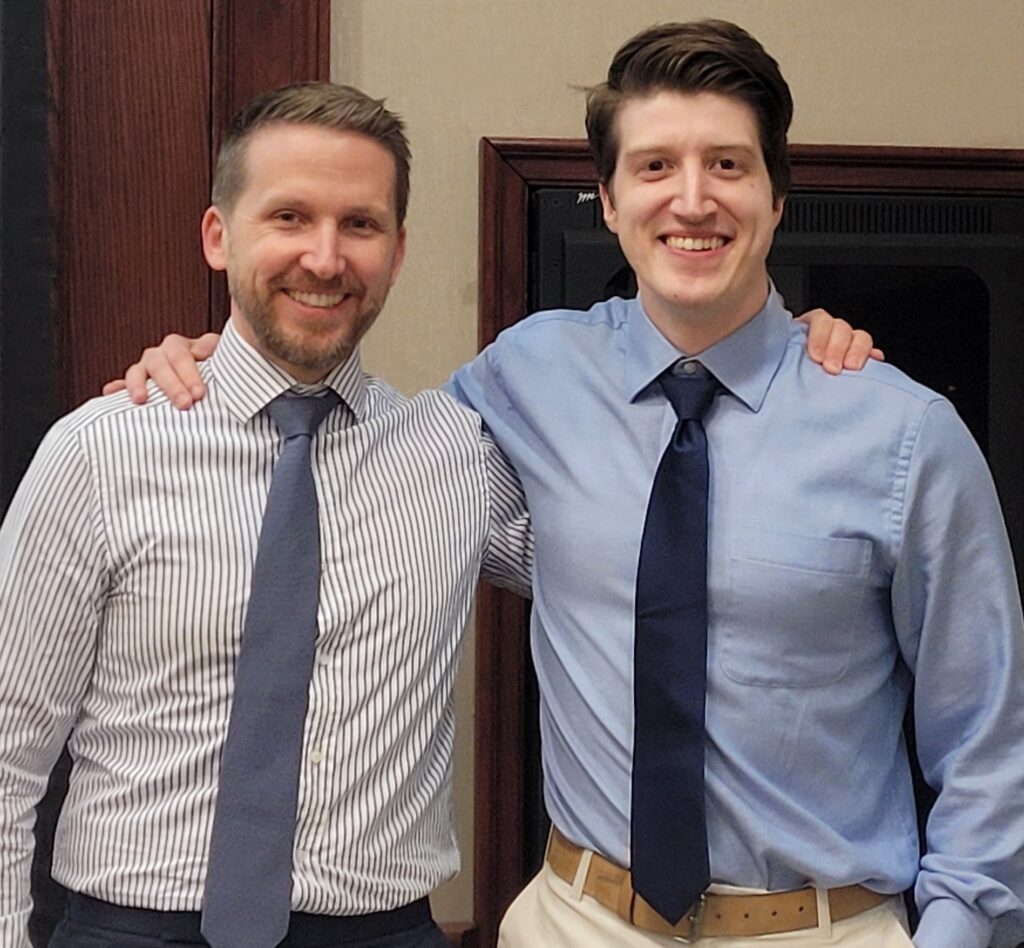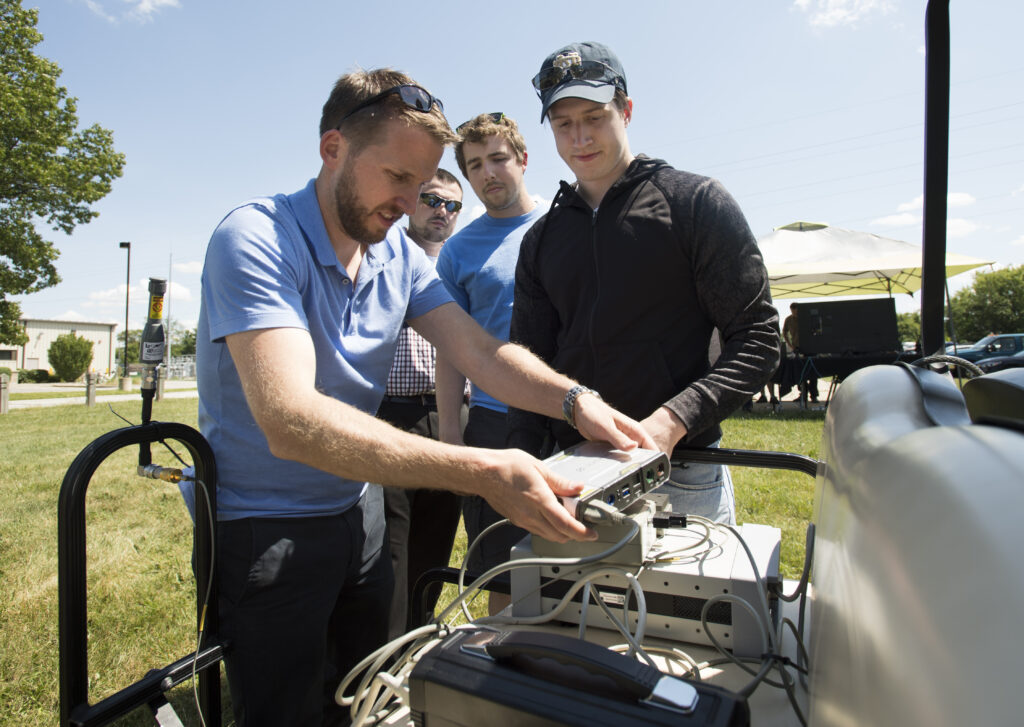Nick Estes’s Journey From Chemical Engineering to a Ph.D. in Electrical Engineering
September 2, 2022
Nick Estes grew up near Chicago in Munster, IN, and attended the University of Oklahoma for undergraduate studies. He initially majored in chemical engineering. “I remember having to determine flow rates and pressures for reagents in chemical factories – boring! I also did some cloning research (that was essentially rote work) that I despised,” said Nick. “Meanwhile, the electrical engineers got to make robots and radios — the problems allowed more creativity, less rote, and the scale was smaller. So I switched majors after two years of working toward my chemical engineering degree. It ultimately took me five years to graduate, but retrospectively, it was an excellent decision.”
After graduation, Nick applied to Ph.D. programs and eventually settled on Notre Dame because it felt like home. Notre Dame is only 70 miles away from Munster, so it was close to home. “I’m the kind of person that needs to like the people I’m working with, and the entire campus had this close-knit vibe,” Nick says. “The cost of living doesn’t hurt either.”
Graduate school poses a unique set of challenges not encountered in college. While getting your undergraduate degree, you get an assignment with well-defined instructions, and once you complete it, you’re finished.
However, “In grad school, you can waste years because you didn’t understand some subtlety of your problem or were redoing work already published. Making the appropriate adjustments to my work habits was the single most challenging thing about the Ph.D. program,” Nick says. “People think that math will be the most difficult part — it’s not. You can learn anything you have to with enough persistence. The most crucial thing in grad school is not technical execution — it’s knowing what to execute. And you will only know what to accomplish by taking organized, detailed notes on the literature and your work.” Professor Chisum added engineering is a discipline of intuition and mathematical rigor. “Nick is one of those rare engineers whose intuition extends well beyond the point where most others have had to fully rely upon the math. He can parse deeply technical concepts and draw conclusions in real-time conversation. As a result, whenever I want to brainstorm a new concept or idea, I always make sure to invite Nick to the discussion,” said Chisum.
One of Nick’s classes as part of his Ph.D. program was Integrated Circuit Fabrication (IC Fab) in his first year. This course introduced him to the design and fabrication of semiconductor devices via hands-on work in the Notre Dame Nanofabrication Facility. “IC Fab does an excellent job of teaching you the lessons that are important in grad school: determining what experimental data is important, being technically rigorous, and always making sure you are executing on the correct thing,” Nick says. “Everybody failed the first lab because we weren’t prepared for that shift in mindset. It’s grad school in microcosm.”
Nick and several other recent graduates have stressed the importance of encouraging interests outside the lab. “I was fortunate enough to be on the Notre Dame gymnastics team and a member of the Notre Dame Glee Club, and they provided a great outlet for me,” said Estes. “Frankly, you will burn out if you don’t carve out some free time.”

Nick worked in the microwave and millimeter-wave circuits and systems lab under Professor Jonathan Chisum. “I do not think I would have graduated if anybody else were my advisor. The best thing about Jon is that you always felt like he was on your side,” Nick says. During this time, Professor Chisum was in the process of his tenure application, which comes with added publications and responsibilities. “He never transferred that pressure to us. Instead, he set an achievable and practical publication schedule based on where we were in our research. As a result, we executed without being overwhelmed technically or emotionally, and it must have worked because Jon has tenure now.”
The lessons learned from the coursework and Professor Chisum’s guidance culminated in Nick’s thesis, Passive Gbps Envelope Detectors for Use in Compact, Low Resolution, Energy Efficient Wireless Communication Systems. “My research topic was designing the hardware for simple-as-possible wireless receivers employing Schottky diodes as rectifiers. I’ve referred to it as ‘telegraphy for the 20th century. My grandfather used to tell me all about the crystal radios he made as a kid to receive AM radio. Well, I made crystal radios with three major differences: the modulation scheme was digital (on-off, like telegraphy, not AM radio), the operating frequency was 39 GHz, and the data rate was 1 Gbps. It’s exceedingly easy to make a bad radio with Schottky diodes, but it’s quite difficult to make a good one,” he said. “We ended up blowing away every other diode-based radio I am aware of in terms of power efficiency and have by far the lowest absolute power consumption of any radio (even integrated ones) for Gbps-level data rates. However, good results in the lab are not the same as a practical, real-world system. Some of the future work will look at how we can use these receivers to address some of the drawbacks of such a simple receiver architecture.”
“One of the best parts of advising Ph.D. candidates is seeing them “get it” and then stepping back. Watching this process in Nick was a great joy because once he got it, I could not even keep up,” said Chisum. “All I had to do was suggest concepts–he immediately understood, modified as necessary, and executed.”
Nick is taking the knowledge and experience he developed at Notre Dame and embarking on another adventure in his life as he starts a business with a friend in New York this August. “We’re in the process of market research, especially in telecommunications and adjacent fields. I can confidently say that Notre Dame has prepared me for whatever comes next.”

